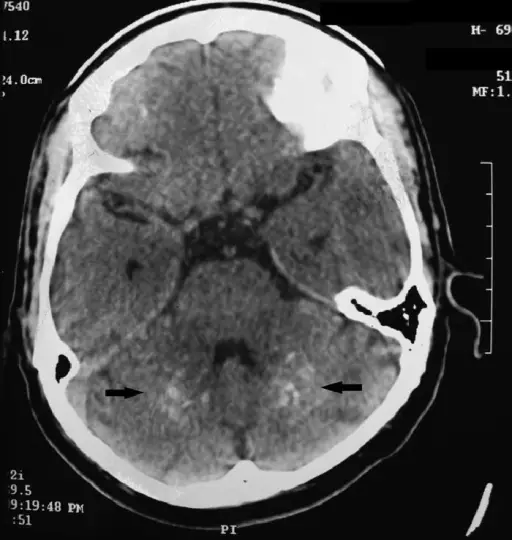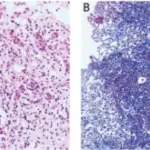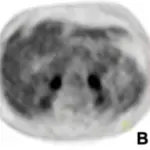Autoimmune polyendocrine syndrome type 2 (APS2) is the most common of the immunoendocrinopathy syndromes and it is characterized by the obligatory occurrence of autoimmune Addison disease.
What is the Pathology of Autoimmune Polyendocrine Syndrome Type 2 (APS2)?
The pathology of autoimmune polyendocrine syndrome type 2 (APS2) is:
-Etiology: The cause of autoimmune polyendocrine syndrome type 2 (APS2) is diabetes or hypothyroidism and congenital rubella infection, immune stimulation by certain dietary proteins, and genetic susceptibility and idiopathic immunopathologic dysfunction.
-Genes involved: DR3 and/or DR4, CTLA-4, AIRE.
-Pathogenesis: The sequence of events that lead to autoimmune polyendocrine syndrome type 2 (APS2) is some degree of genetic susceptibility, the individual is exposed to the autoimmune trigger.
-Morphology: The morphology associated with autoimmune polyendocrine syndrome type 2 (APS2) shows an inflammatory infiltrate composed of lymphocytes.
-Histology: The histology associated with autoimmune polyendocrine syndrome type 2 (APS2) shows villi atrophy. Numerous plasma cells within the lamina propria may be present. There may be disappearance of villi that are suggestive of celiac disease.
How does Autoimmune Polyendocrine Syndrome Type 2 (APS2) Present?
Patients with autoimmune polyendocrine syndrome type 2 (APS2) typically are middle aged females. The symptoms, features, and clinical findings associated with autoimmune polyendocrine syndrome type 2 (APS2) include thyroid autoimmune diseases, and Type 1 diabetes.
How is Autoimmune Polyendocrine Syndrome Type 2 (APS2) Diagnosed?
Autoimmune polyendocrine syndrome type 2 (APS2) is diagnosed with cross-sectional imaging techniques, such as computed tomography (CT) and nuclear magnetic resonance (NMR) that show normal or minuscule adrenal glands bilaterally.
How is Autoimmune Polyendocrine Syndrome Type 2 (APS2) Treated?
Autoimmune polyendocrine syndrome type 2 (APS2) is treated primarily with hormonal replacement therapy. Immunomodulatory therapy may be useful.
What is the Prognosis of Autoimmune Polyendocrine Syndrome Type 2 (APS2)?
The prognosis of autoimmune polyendocrine syndrome type 2 (APS2) is fair with early detection and treatment.



